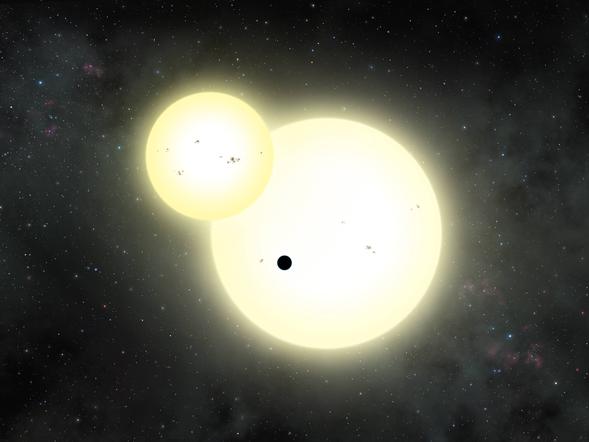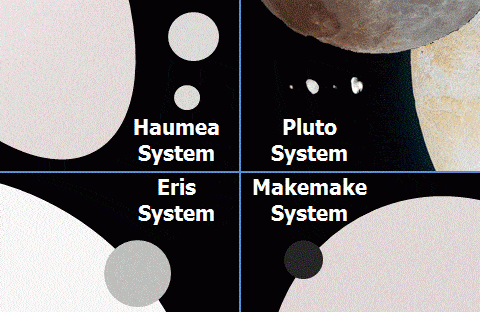Bob Eklund has had a lifelong love affair with the sky, having been raised by a grandfather working at a major astronomical observatory in Wisconsin. For many years he has helped the Mount Wilson Observatory with their public education and outreach programs. Bob is the author of a book of poetry and essays about astronomy, First Star I See Tonight. Following a corporate career as an editor and business communicator, he now assists local residents with their business and personal writing/editing/proofreading needs. See www.bobeklund.com.

Looking Up – Bob Eklund
Light from a distant galaxy can be strongly bent by the gravitational influence of a foreground galaxy. That effect is called strong gravitational lensing. Normally a single galaxy is lensed at a time. The same …[READ MORE]









